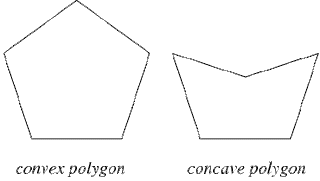First person, second person and third person is one of the most important concepts in English learning. Grammatical person in English linguistics refers to a set of personal pronouns such as I, we, you, he, and she and so on. Let’s have a closer look at each of the grammatical persons – first, second and third, along with relevant examples in this post.
First Person
‘I’ is first person singular and ‘we’ is first person plural. First person refers to a narrator who speaks being a direct character. For example: I have tried shopping kids’ shoes online and I must tell you it was a nice experience and also the kids’ shoes online collection was huge. (Here, the speaker is speaking in first person.
Second Person
When a person is speaking as a second person, he or she is directly addressing the audience. The only three examples of second persons in English language are you, your and yours. For example: Did you know that online baby stores bring really good stuffs. You get kids’ dress from popular brands like Little Kangaroos India collection and kids’ toys from Little Tikes India collection. Also you will not believe the amount of discounts available for Little Kangaroos India brand and Little Tikes brand. (Here, the speaker is addressing the audience directly and is in second person.
Third Person
Third person as the term suggests is that where a speaker talks about some third person. Examples of third persons are he, she, it, him, her, it and more. Singular third person is he, she and it and plural third person are they, the, these, that and so on. For example: Mary is a school teacher. She got married in an early age and has a baby at 26 now. She buys almost every essential for her baby through online shopping. Online shopping is the latest trend of market and online shopping for kids has entered in the life of parents as savior. (Here, the speaker is talking about some third person to the audience.)
These are the basic learning on narrator, narration and narrative.
First Person
‘I’ is first person singular and ‘we’ is first person plural. First person refers to a narrator who speaks being a direct character. For example: I have tried shopping kids’ shoes online and I must tell you it was a nice experience and also the kids’ shoes online collection was huge. (Here, the speaker is speaking in first person.
Second Person
When a person is speaking as a second person, he or she is directly addressing the audience. The only three examples of second persons in English language are you, your and yours. For example: Did you know that online baby stores bring really good stuffs. You get kids’ dress from popular brands like Little Kangaroos India collection and kids’ toys from Little Tikes India collection. Also you will not believe the amount of discounts available for Little Kangaroos India brand and Little Tikes brand. (Here, the speaker is addressing the audience directly and is in second person.
Third Person
Third person as the term suggests is that where a speaker talks about some third person. Examples of third persons are he, she, it, him, her, it and more. Singular third person is he, she and it and plural third person are they, the, these, that and so on. For example: Mary is a school teacher. She got married in an early age and has a baby at 26 now. She buys almost every essential for her baby through online shopping. Online shopping is the latest trend of market and online shopping for kids has entered in the life of parents as savior. (Here, the speaker is talking about some third person to the audience.)
These are the basic learning on narrator, narration and narrative.










